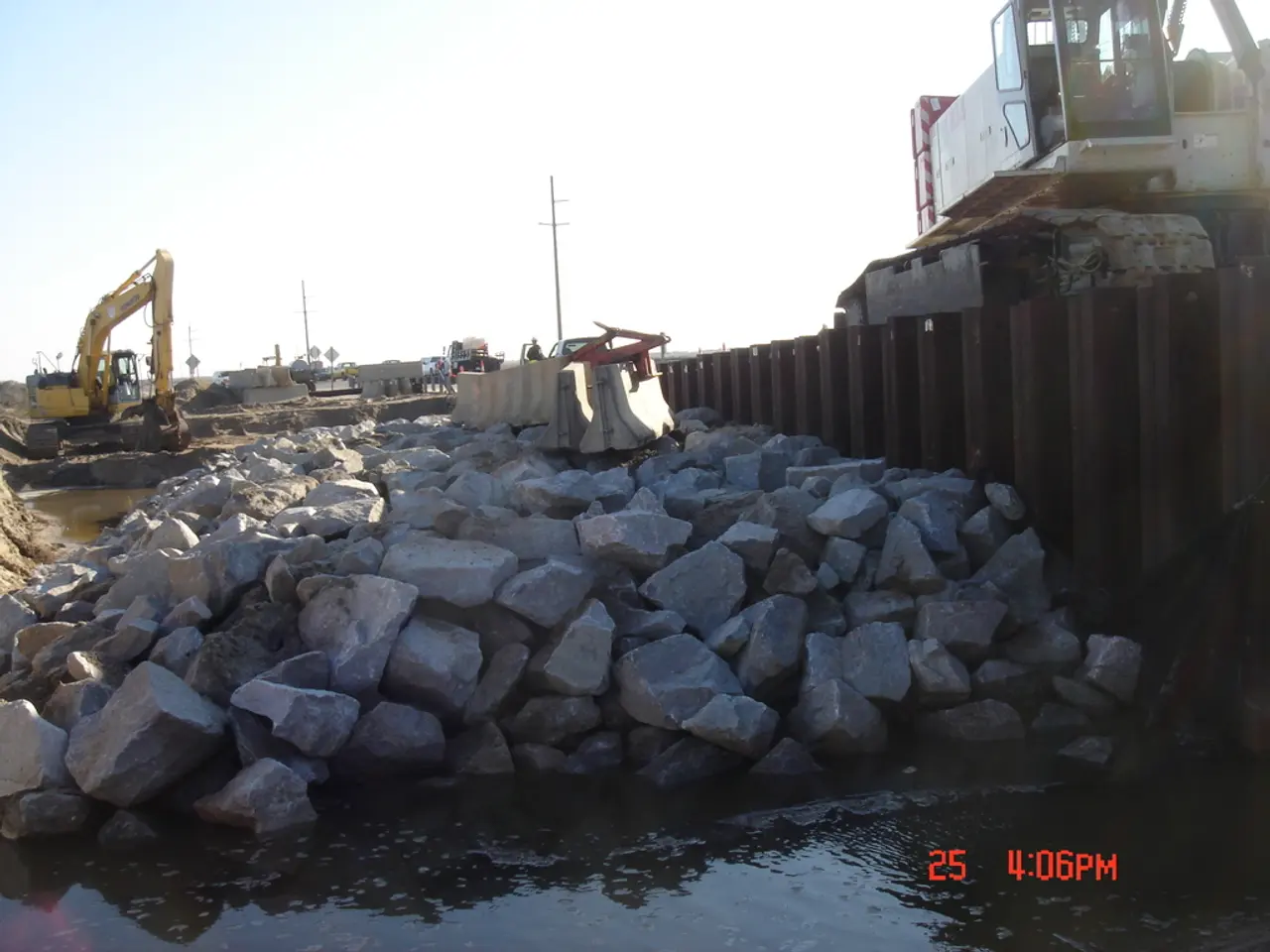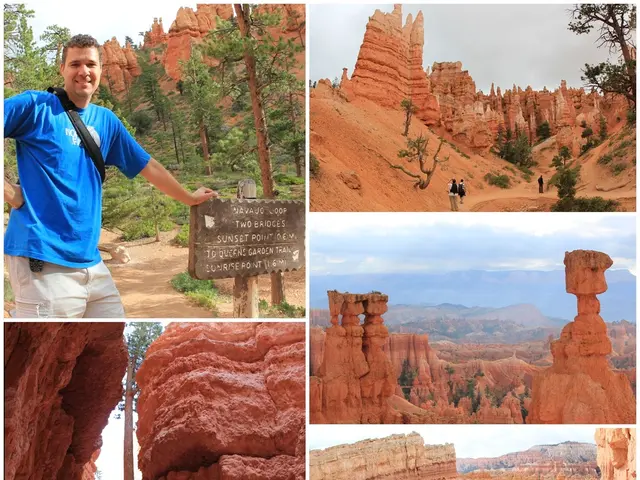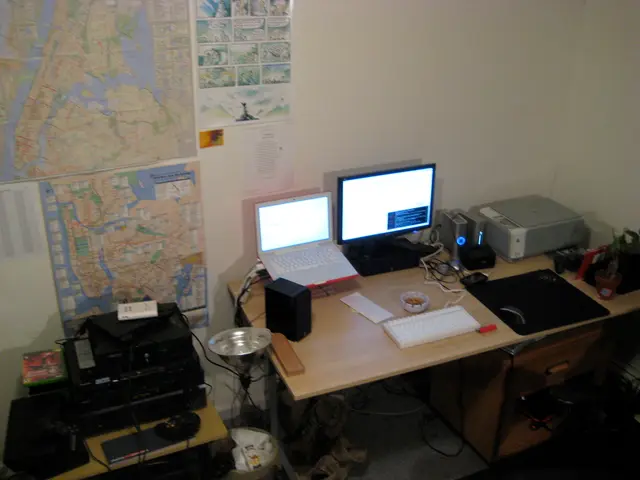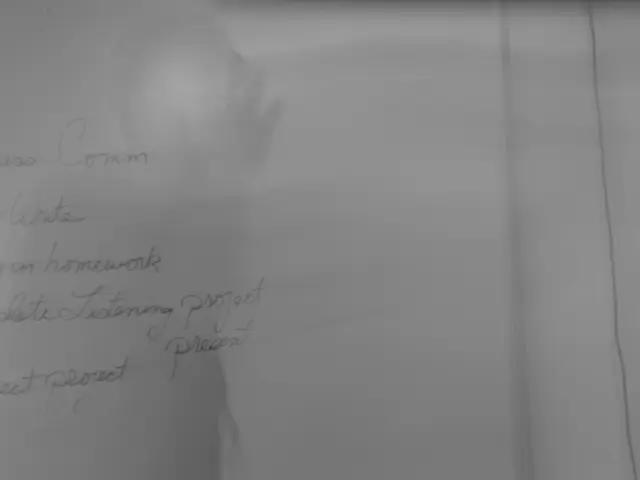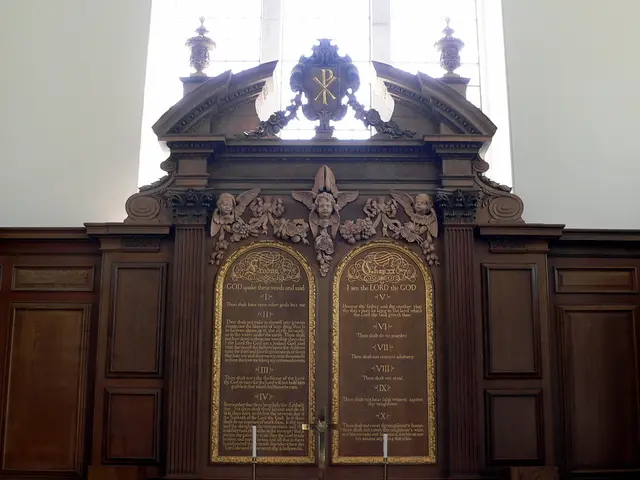LIBS Technology Revolutionizes Mining with Real-Time Elemental Analysis
Mining operations are set to revolutionize with the integration of Laser-Induced Breakdown Spectroscopy (LIBS), a transformative technology offering real-time elemental composition analysis of materials. This innovation promises significant improvements in resource management, operational efficiency, and environmental sustainability.
LIBS technology delivers multiple benefits in mining. It enables real-time material characterization directly on conveyor systems, allowing precise separation of valuable minerals from waste rock. This not only enhances productivity but also leads to substantial reductions in energy and water consumption. By enabling data-driven operations, LIBS facilitates immediate grade control and material routing decisions, reducing reliance on time-consuming laboratory assays. Furthermore, it optimizes blending of materials to maintain consistent feed quality and enhances overall productivity through continuous process optimization. The environmental impact is substantial, with LIBS helping to minimize unnecessary material transport and decrease the industry's carbon footprint.
Beyond mining, LIBS offers powerful analytical capabilities in the fertilizer industry. With detection limits for cadmium in phosphate matrices of 5-15 mg/kg and precision for major nutrients typically 2-5%, LIBS enables simultaneous quantification of macronutrients and measurement of essential micronutrients. It also detects toxic elements at trace levels, supporting real-time batch release decisions. In the realm of recycling, LIBS serves as a cornerstone for the circular economy. It enables selective recycling by accurately identifying different metal alloys in mixed scrap and preventing cross-contamination in recycled products. Moreover, it enhances recovery of strategic metals from complex waste streams.
The global LIBS market, valued at approximately $245 million in 2023, is projected to reach $425 million by 2030, reflecting mining companies' increasing adoption of this technology. By enhancing resource efficiency, optimizing extraction processes, and reducing waste, LIBS is poised to transform mining and related industries, contributing to a more sustainable future.
